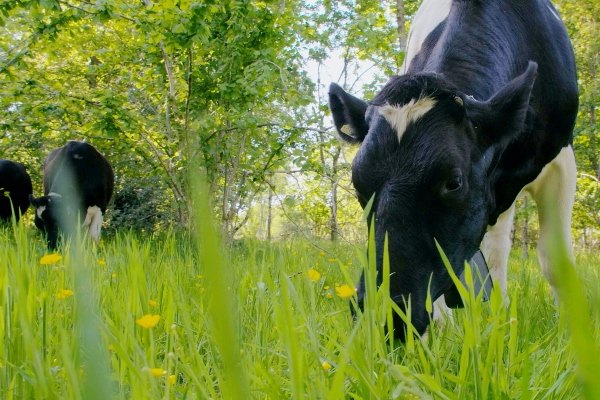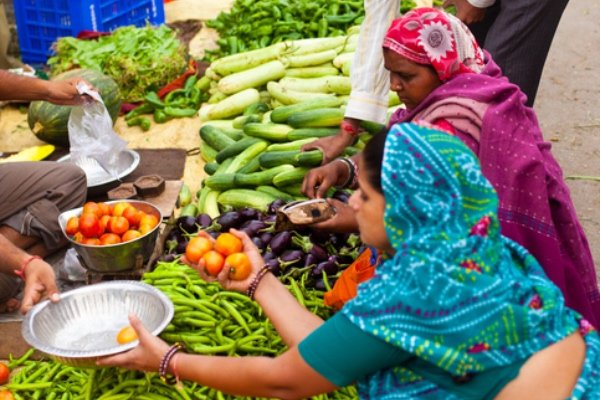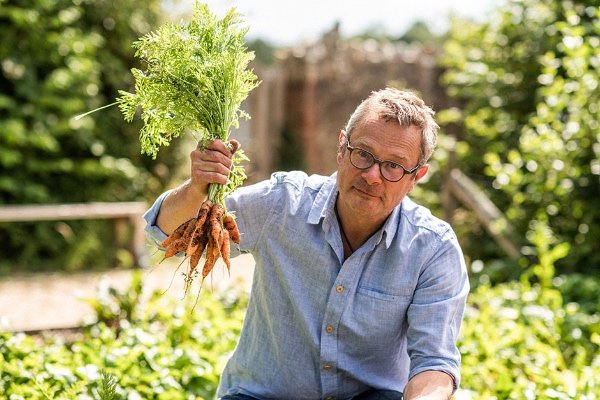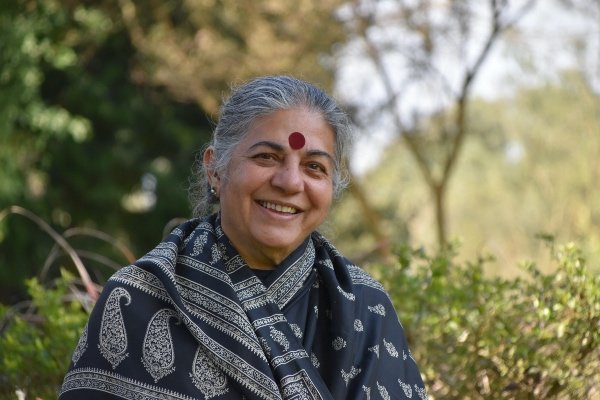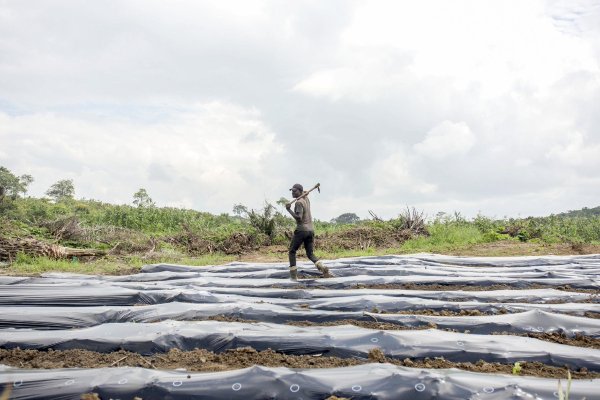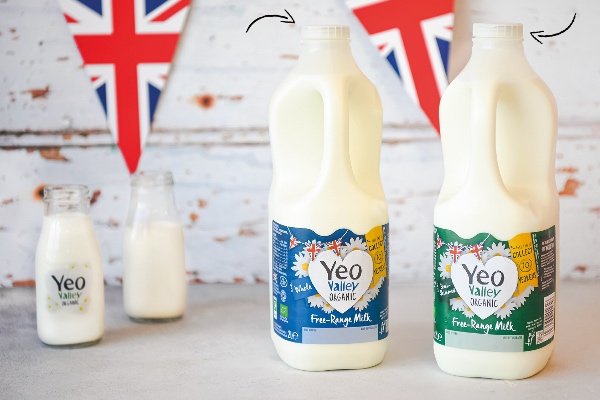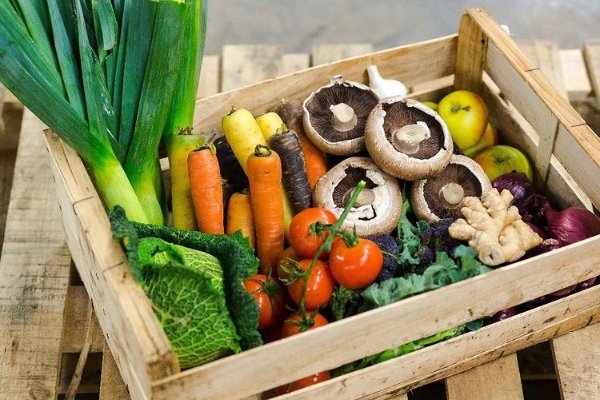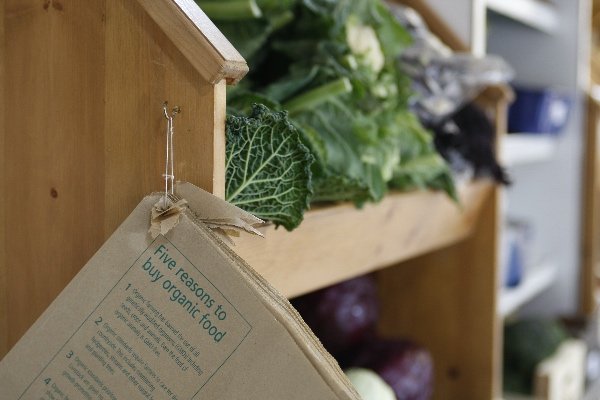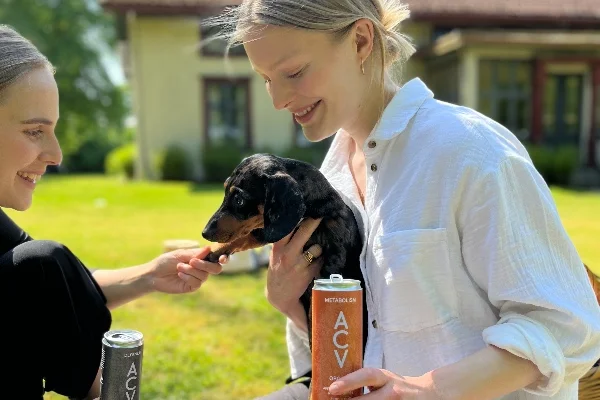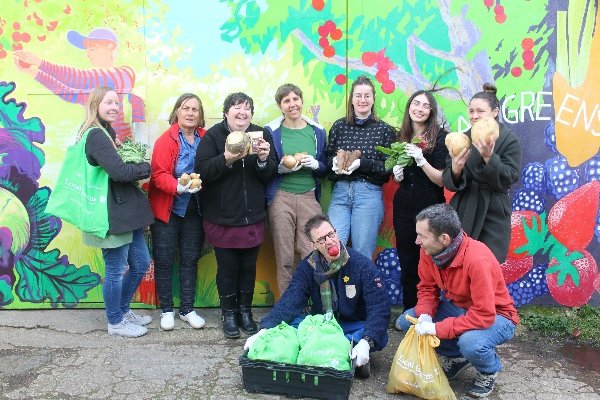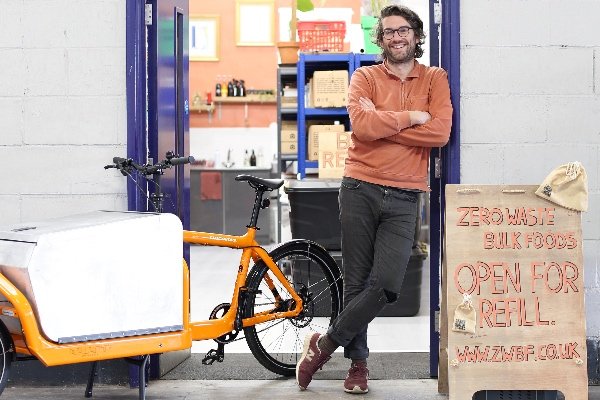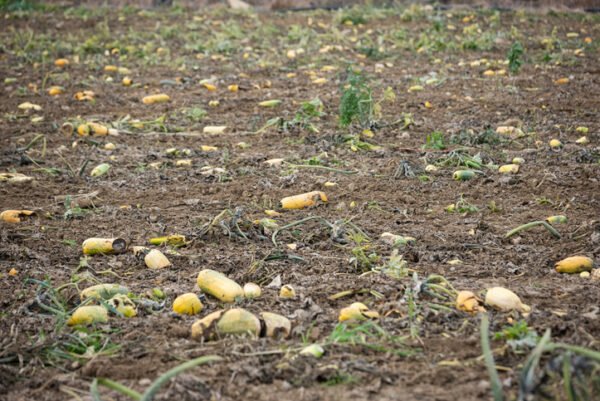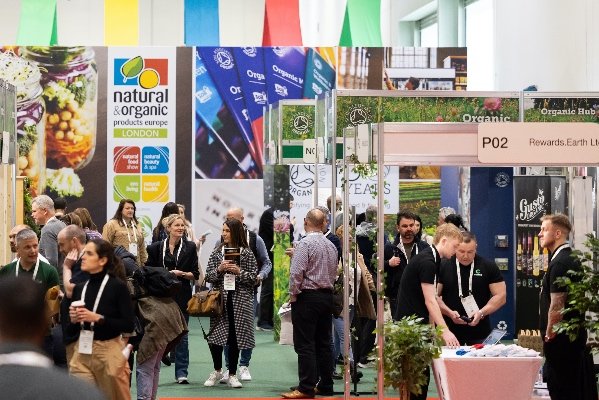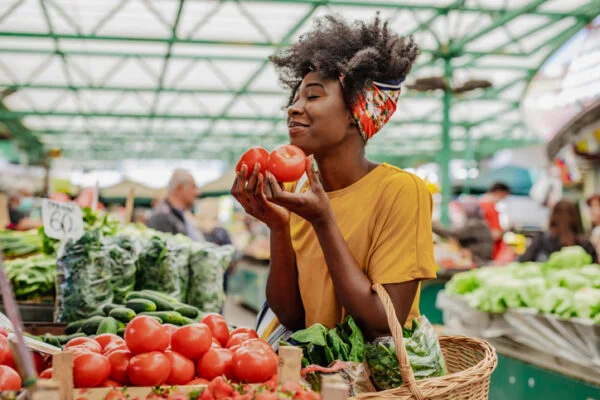Regenerative isn’t always organic
‘Regenerative farming’ covers a range of practices that vary in focus and scope, from the straightforward monitoring of the carbon held in soil to analysis of soil health and biodiversity and sometimes also fair trading conditions.
For these reasons regenerative agriculture is an accessible approach and it is gaining traction; according to the Food and Agriculture and Nature Benchmarks, published in October by the World Benchmarking Alliance, 51% of companies reference regenerative agriculture and 27% say they are implementing strategies to improve the livelihoods of farmers and fishers through procurement practices and pricing strategies.
A stepping stone to organic
Considering 98% of the UK’s food is not organic, regenerative agriculture looks like a good step for the companies and farms that are unable, currently, to meet the gold standard of organic certification.
For many, regenerative agriculture is seen as a good place to start and perhaps even a stepping stone to organic farming practices – which improve soil health, on-farm biodiversity and water quality – and finally to the highest benchmark of organic certification.
For this reason the carrot is arguably more useful than the stick when it comes to regenerative agriculture; the alternative is sustainable intensification of farming practices, which would use artificial fertilisers and pesticides to ramp yield per acre as high as possible.
This approach clearly has greater appeal to Big Agriculture as the results would be far more lucrative – though it would involve monocropping and environmental damage.
Monocropping is a major contributor to land and water degradation, yet currently just four crops (corn, rice, potatoes and wheat) form 60% of the calories consumed by the global population. We can’t expect to see diversity in our environment when we have such a lack of diversity in our diets.
Seeking a joint solution
Ultra-processed foods (UPFs) can be made using produce from a regenerative or intensive farming system, so deciding which route to take is only the beginning of the conversation.
‘Biodiversity loss and food and nutrition insecurity are closely related problems that need a joint solution’, said João Campari, WWF’s global food practice leader.
João was speaking ahead of COP28, at the publication of an open letter containing an urgent call to integrate a food systems approach within the UNFCCC.
The letter, issued by a global coalition of 70 high-profile individuals and organisations, including WWF, urged parties to the UNFCCC to acknowledge the critical role of food systems – including food production, consumption and waste, land use change and nutrition – in achieving the Paris goals.
Agriculture has a decisive role to play. Adopting regenerative farming principles could be the way to achieve the scale and pace of change necessary if we are to keep 1.5 alive and nourish a growing population as the climate crisis unfolds.
 Play Video about This Rock Might Just Save The World
Play Video about This Rock Might Just Save The World Play Video about Play 2 hours of rock
Play Video about Play 2 hours of rock Play Video about Play 2 hours of brook
Play Video about Play 2 hours of brook Play Video about Play 2 hours of sheep
Play Video about Play 2 hours of sheep

















